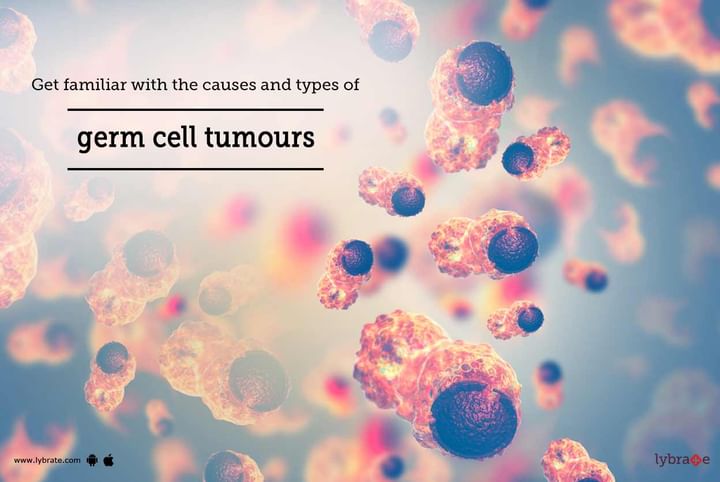Get familiar with the causes and types of germ cell tumours
Germ cell tumours refer to the abnormal growths that form from the reproductive cells. The tumour may or may not be cancerous. However, in most cases of malignant germ cell tumour, cancer occurs in the testicles or ovary. In rare cases, germ cell tumour may occur in other body parts, such as the chest, brain, and abdomen.
Know the Causes of Germ Cell Tumours
The exact causes of germ cell tumours are not understood clearly. However, researchers believe that certain inherited defects affecting the central nervous system may be associated with an increased risk of developing germ cell tumours. Major malformations of the lower spine and genitourinary tract may also contribute to the risk of cancer.
Men with cryptorchidism (failure of the testes to descend into the scrotal sac) are at a greater risk of developing testicular germ cell tumours. Some genetic syndromes caused by missing or extra sex chromosomes can cause abnormal or incomplete development of the reproductive system.
Types of Germ Cell Tumours
The most common types of germ cell tumours are discussed below –
-
Teratomas – These are the most common forms of germ cell tumour that develops in the extragonadal area and not in the ovary or testes. Teratomas are usually benign, but they can become malignant. Doctors usually treat teratomas with surgery because chemotherapy does not work on a non-cancerous tumour.
-
Germinomas – These cancerous tumours are called dysgerminomas when found in the ovary, or seminomas when formed within the testes. They can also be found in the middle part of the brain.
-
Yolk sac tumour (endodermal sinus tumour) – These are malignant tumours developing most often in the tailbone, testes, and ovaries.
-
Embryonal carcinoma – These cancerous tumours usually form in the testicle of an adolescent boy, but they can metastasize or spread to other parts of the body.
-
Choriocarcinoma – This malignant tumour typically forms in the placenta during pregnancy and can affect both the mother and child.
To remove the tumour from non-cancerous germ cell tumours, the doctor may recommend surgery. Apart from that, standard treatment options include chemotherapy and radiation therapy. You can consult your child’s doctor to seek support.


+1.svg)
